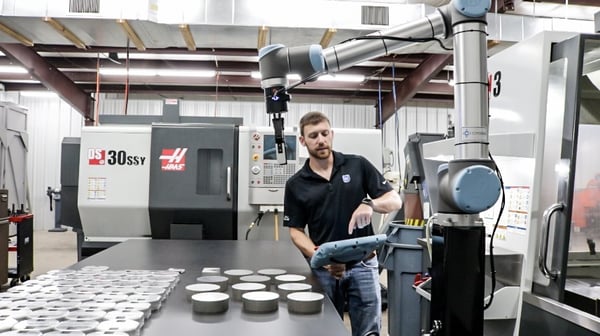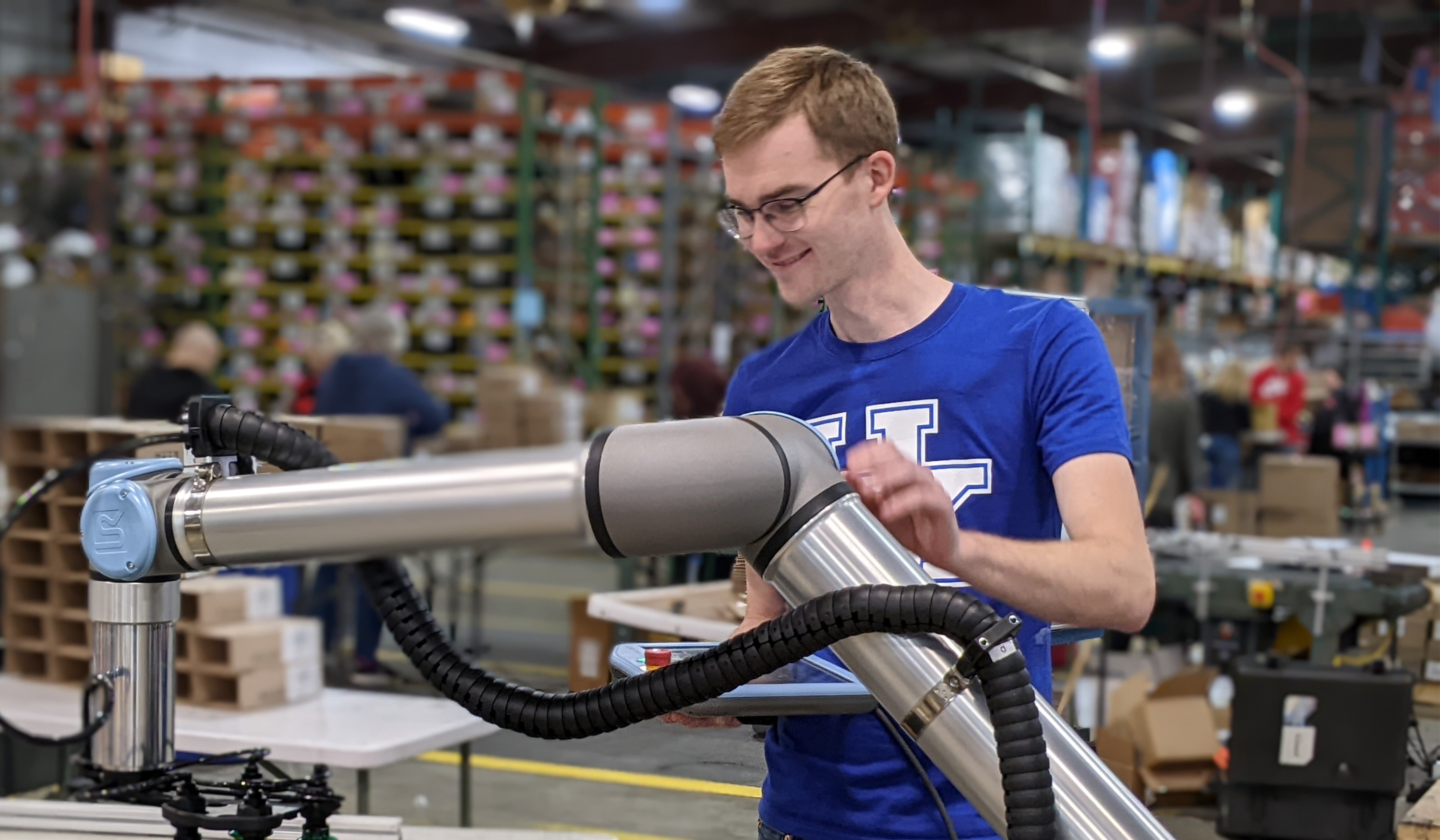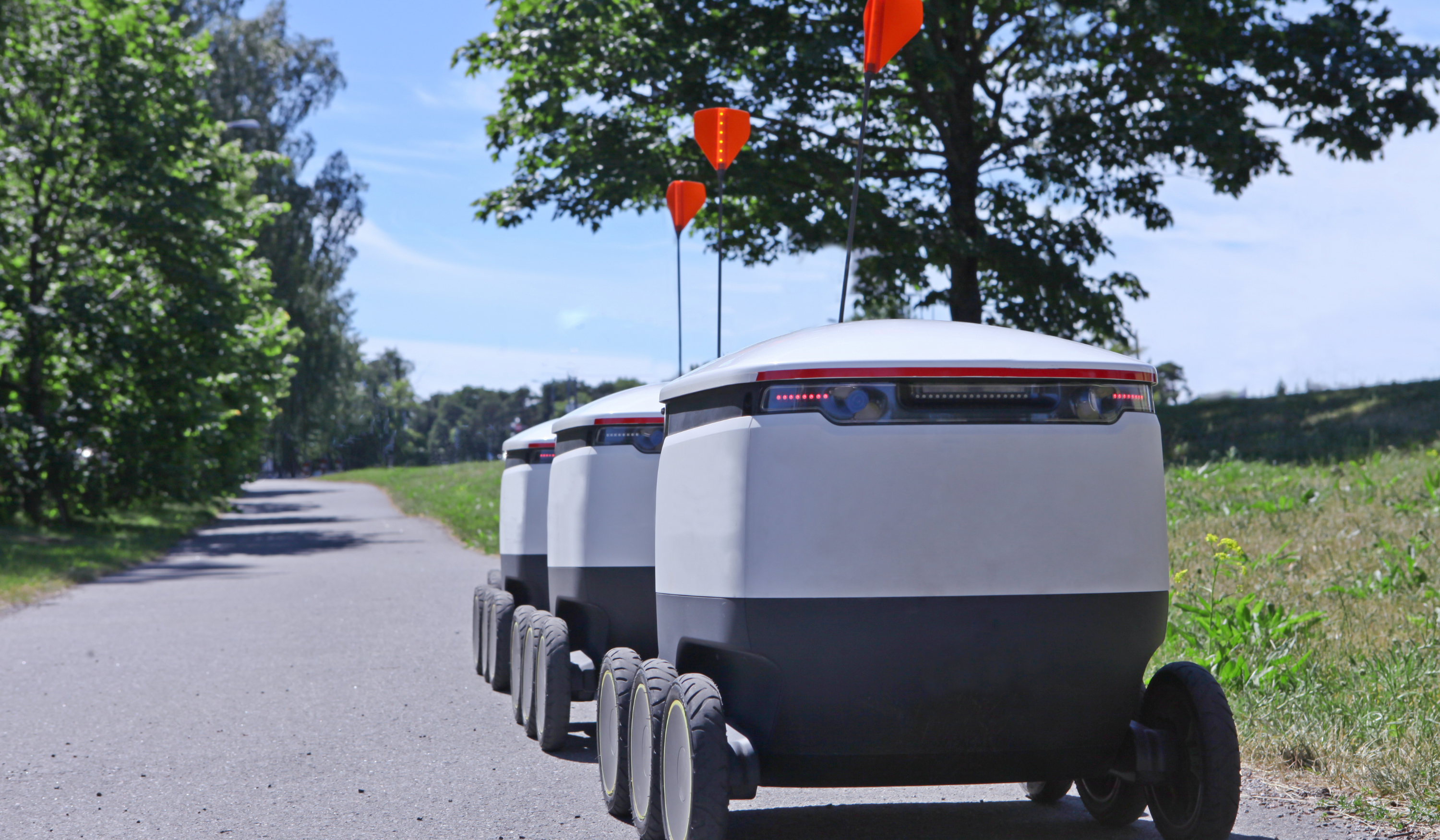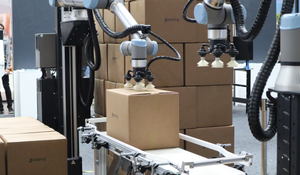How to Manage Expectations During a Robot Deployment

Posted on Sep 25, 2018 7:00 AM. 5 min read time
Worker expectations can ruin a robot deployment. But, you can ensure success by understanding how their opinions will change during the 3 stages of robot deployment.
In the beginning, workers are often uncertain about robots. They worry that their jobs are in danger. They believe that they do not have enough expertise to operate a robot. They fear that management won't listen to their concerns.
But, over time, their perception of the robot changes.
Months later, the team are often enthusiastic about the robot. They are even keen to get started on the next robot deployment!
How can you manage the expectations of your team in the early stages? How can you ensure that the robot deployment will be a success? Thankfully, researchers have studied how worker expectations change during a robot deployment.
How to describe the robot deployment process
There are various ways you could describe the stages of a robot deployment.
The Lean Robotics framework, for example, splits deployment into 3 phases (Design, Integrate and Operate). These focus on the technical phases of the deployment process. However, there is another process you could focus on. The process of change that your team experiences as they get used to working with a robot. If you understand this process, you can be proactive and get your team on board right from the start.
At each stage of deployment, the team's perception of the robot will change. The key to success is to understand each stage and prepare to manage the team's expectations.
How to manage expectations in the 3 stages of robot deployment
A few years ago, researchers from the University of Salzburg conducted a study titled Deploying Robots in a Production Environment: A Study on Temporal Transitions of Workers’ Experiences. It involved interviewing 10 workers about a robot deployment in a semiconductor factory.
The research identified three stages of robot deployment. These don't necessarily align with the three phases of lean robotics, but they might.
 The key to success is to understand each stage and prepare to manage the team's expectations.
The key to success is to understand each stage and prepare to manage the team's expectations.
Stage 1: Expectations before robot deployment
This first stage is vital for the success of your robot deployment. If you fail to address your team's concerns at this stage, you will have an uphill struggle for the entire robot deployment.
The researchers identified 7 categories of expectations, which we discussed in the article Why Robots Fail to Meet User Expectations.
The overriding issue at this stage is "uncertainty." People who have never used a robot don't know what to expect. They are unsure whether they should be skeptical of it or whether to be hopeful of the benefits it could bring.
The key to success at this stage is communication. Clearly communicate to the whole team how the robot deployment will be carried out. Answer people's questions and ensure that everyone gets the same information.
Stage 2: Familiarization as a process
During this stage, the team becomes more accustomed to having a robot in the workplace. You can help to improve this familiarity by providing training.
The researchers identified four experiences that workers have during this stage:
- Acquirement of basic knowledge — Basic on-site training gives workers the ability to solve minor problems with the robot. This improves both the team's familiarity and skills with the robot. However, basic training is sometimes not always enough. Sometimes people need more in-depth training.
- Trial and error — Not all learning is formal. Often, operators will become more familiar with the robot simply by trying out things with it and seeing the results.
- Informal transfer of knowledge — More experienced operators will pass on knowledge to other members of the team. Often, this transfer of knowledge is beneficial for the deployment (e.g. when a team member passes on techniques for using the robot). Other times, it can harm the deployment (e.g. when rumors spread).
- Troubleshooting — Most of the interactions that people have with the robot occur when they are trying to solve problems. Workers should be given enough training that they feel capable of solving such problems.
The key to success at this stage is to provide adequate training. During the research interviews, it became clear that a lack of training can really hurt the deployment. Workers who aren't given enough training quickly start to feel powerless and resent the robot.
Stage 3: Consequences of working with the robot
The final stage happens when the team members are used to the robot. They have adapted to their changed work routines and their opinions of the robot have started to change.
The researchers identified five experiences that workers have during this stage:
- Shift in social environment — Adding robots to a business often leads to companies hiring new members of staff. Sometimes robot technicians are hired, sometimes other workers are hired to deal with the increased capacity caused by the robot. These new hires can lead to changes in the social environment in the business.
- Shift in opinion — Workers often change their opinion of the robot once they see that their initial skepticism was unjustified. They now understand the realities of using a robot and they no longer over or underestimate robot's capabilities.
- Complexity of processes — Processes which use the robot tend to be more complex than manual processes. Workers then have to adapt to this change in complexity.
- Adaption of workers to the robots — As people become familiar with the robot they change their ways of working to accommodate its idiosyncrasies (e.g. you have to put items slightly closer to the robot or it won't detect them).
- Affective reactions (non-involvement, resignation) — Not everyone ends up happy with the robot after deployment. Those who resisted the robot in the beginning and felt left out of the decision making process often end up unhappily resigned to its presence in the business. The best way to avoid this is to involve people from the start.
The key to success at this stage is to maintain the communication and training that you started in the previous stages. When people feel involved, they will actively help to make sure that the robot stays a success.
How to ensure the success of a robot deployment
People take time to adapt when new technologies are introduced to the workplace. Often, the best way to approach these introductions is to be open, communicative and involve everyone from the beginning.
Make sure to get yourself a copy of the lean robotics book which includes a strategy for getting the whole workforce on board with the robot right from the start.






Leave a comment